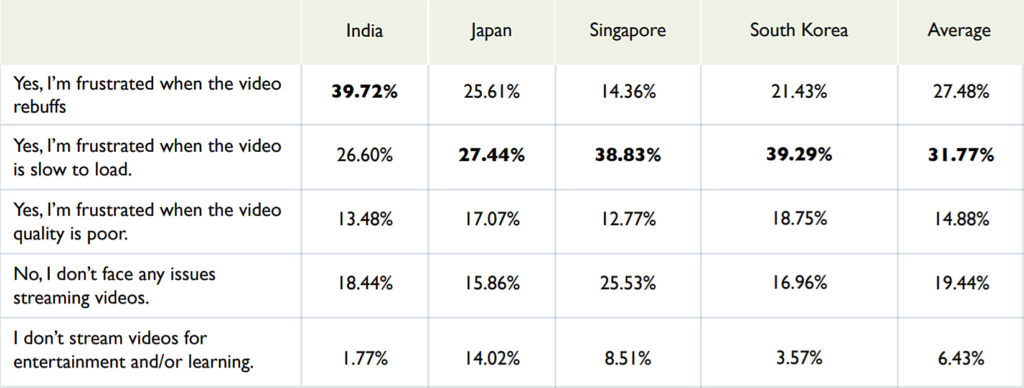COVID-19 has sparked the world’s largest work from home movement. Amidst it all, technology underpins the success of remote work in today’s highly digital work environment. The switch to remote work has been challenging for 52% of the professionals across the region in India, Japan, Singapore and South Korea.
As Singaporeans found themselves having to suddenly work from home full-time, access to technology and strong network connection are required for the workforce to maintain productivity, retrieve and download files, and collaborate with colleagues.
Working remotely has been challenging for 58% of Singaporeans, who felt that their company’s technical infrastructure was not fully prepared for the transition.

“As remote working continues post-circuit-breaker, a robust technical infrastructure is critical for businesses to minimise disruption to workflows and ensure business continuity no matter where employees are located,” said Edwin Koh, regional director, Southeast Asia at Limelight Networks.
Frustrated video remote workers
During this period, 71% of Singaporeans also report feelings of frustrations due to network issues and latency – such as difficulties accessing the internet, uploading and downloading files, poor video quality when streaming webinars and live content, or lags and delays during video conference and calls.
Respondents faced similar frustrations with video latency when streaming videos for entertainment and home-based learning. More than 60% of the frustrations largely arise when the video quality is poor; slow to load or when the video re-buffers.

“Given the meteoric rise in video consumption, video latency is an issue that content providers can tackle by using a Content Delivery Network (CDN) that continually monitors and optimizes video delivery based on real-time conditions. This ensures each viewer receives the highest quality while minimizing rebuffering that causes viewers to stop watching,” continued Koh.





